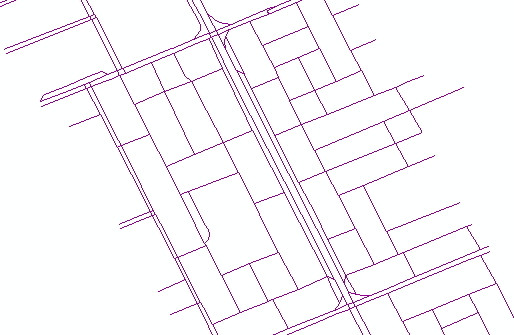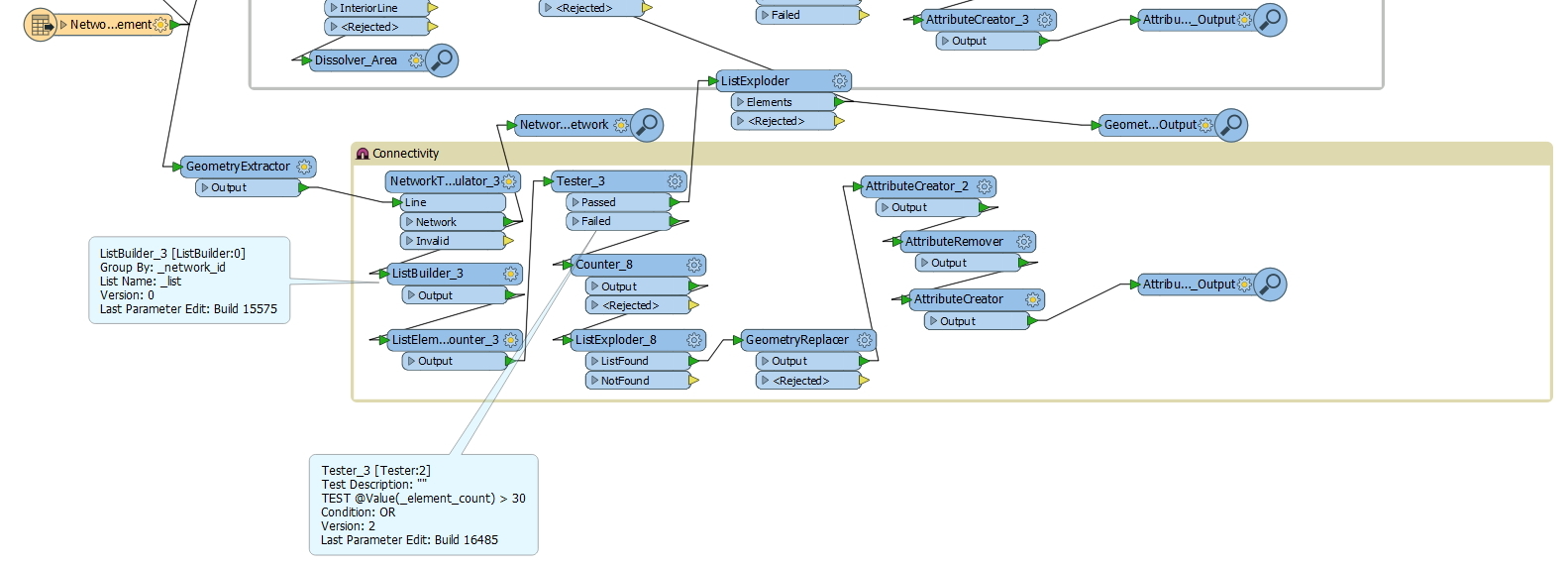Hi All,
I have line network where in i want to create a group of line based on there spatial location. But in this i want to limit the number of line in each group if the line number exceed than the defined value (i am using feature_ID for defining my line criterion )then it should go for regrouping.For this i have used the buffering and then i am using a tester to check the number of feature in each group. I am able to separate the feature but i am not sure how i can re-group those feature in new group based on my criterion.








